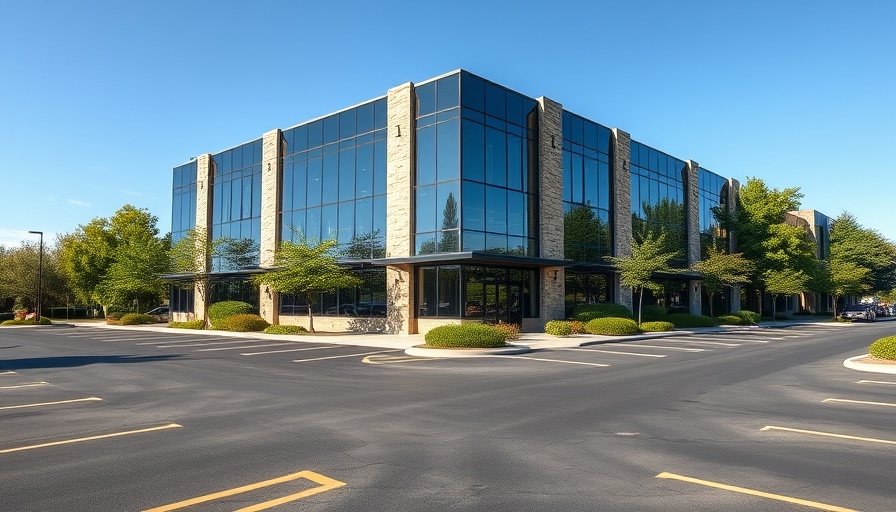
Is San Francisco Losing Its Coffee Culture?
The recent wave of Starbucks closures in San Francisco has raised concerns not only among coffee enthusiasts but also among local business owners questioning the sustainability of chain cafes in the iconic city. With at least six Starbucks locations shutting their doors in a short span, the question looms: What is leading to this retreat? This article unpacks the myriad factors contributing to the changes in San Francisco's beloved coffee scene.
Behind Closed Doors: The Changing Face of Starbucks
Starbucks, a titan of the coffee industry, recently shuttered its location at 295 California St.—another chapter in a series of closures that have marked the company’s turbulent journey amid changing consumer preferences. CEO Brian Niccol noted that the brand's shift toward pickup-only stores came from a desire to innovate; however, it has been met with criticism for lacking the warmth and personal touch that loyal customers cherish. The decision to revert back to traditional cafes hints at a deeper understanding of customer needs for human connection in their coffee experience.
Sales Slump Impacting San Francisco Locations
Alongside the aforementioned closure, other locations including the storied 30-year-old shop on Jackson Street have succumbed to leases ending or declining sales. Sharon Zackfia, a William Blair analyst, suggests that the economic landscape and slower service at their cafes are dissuading patrons from spending money at Starbucks. With the city lagging in office occupancy post-pandemic, it has become increasingly difficult for Starbucks to maintain its previous level of business. As the brand pivots its strategy to prioritize tradition over technology, it raises the question of what that means for the company's future in exclusive cities like San Francisco.
The Curious Case of Market Saturation
In an overview of its retail footprint, experts suggest that Starbucks has launched too many outlets in close proximity, diluting the brand's effectiveness and customer loyalty. The coffee giant's portfolio is noteworthy due to the number of cafes it has opened in San Francisco alone—at least half have closed down in the past decade. This trend echoes similar patterns seen in other major chains like CVS and Walgreens, who also faced backlashes for unwise expansion in a competitive retail market.
Local vs. Global: Viewing the Broader Picture
While fans of Starbucks may mourn the closures, it serves as a stark reminder of an evolving hyper-local coffee culture that is growing in the Bay Area. Smaller, independent coffeehouses have been emerging, catering to niche audiences with unique offerings that specialise in artisanal beverages. The closures of these corporate giants allow local roasters to regain space in the market, thus enriching the city's cultural tapestry.
Looking Ahead: The Future of Coffee in San Francisco
Predictions indicate ongoing challenges due to economic dynamics affecting business decisions. As labor costs remain high in San Francisco, major corporations like Starbucks are forced to rethink their position. The strategic pivot away from overly transactional store models signifies a return to a service-based approach that nurtures community ties and fosters loyalty. The marketplace is eager for a fresh narrative surrounding community, sustainability, and a focus on quality over quantity, setting the stage for a renaissance in local coffee culture.
Advice for Coffee Lovers: Embracing Local Flavor
As the industry shifts, now is the perfect time for consumers to explore their local coffee shops. Given the variety available—from artisanal roasters to quaint corner cafes—individuals can find unique experiences that reflect the character of their neighborhoods. Supporting local establishments not only helps the community thrive but also ensures the rich diversity of coffee offerings persists.
In conclusion, the saga of Starbucks in San Francisco reflects broader trends affecting retail and consumer preferences, suggesting that perhaps it's time for a communal coffee renaissance to bloom in the city. Don’t miss out on exploring your local coffee scene—embrace the change and discover hidden gems near you!
 Add Row
Add Row  Add
Add 




Write A Comment